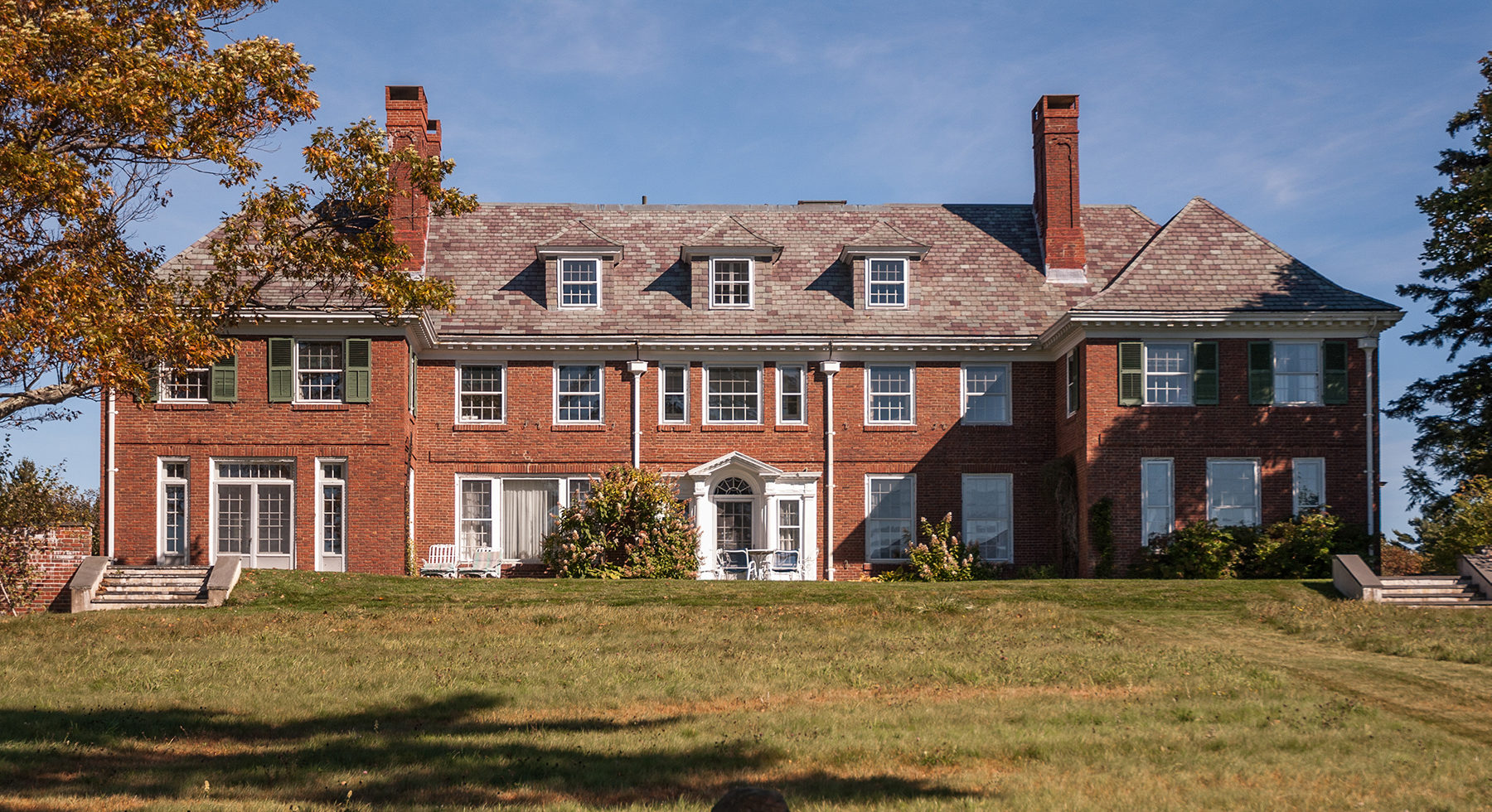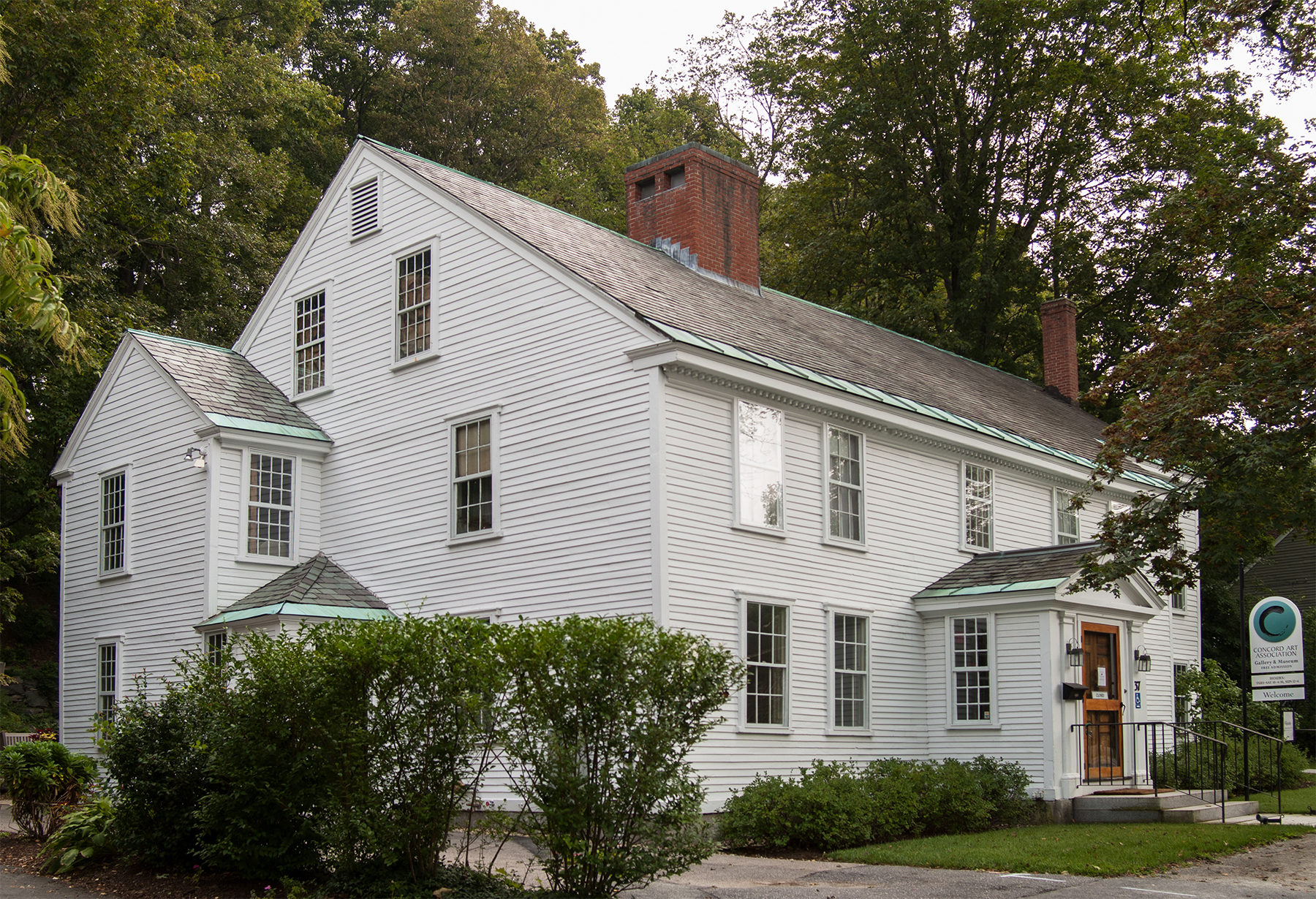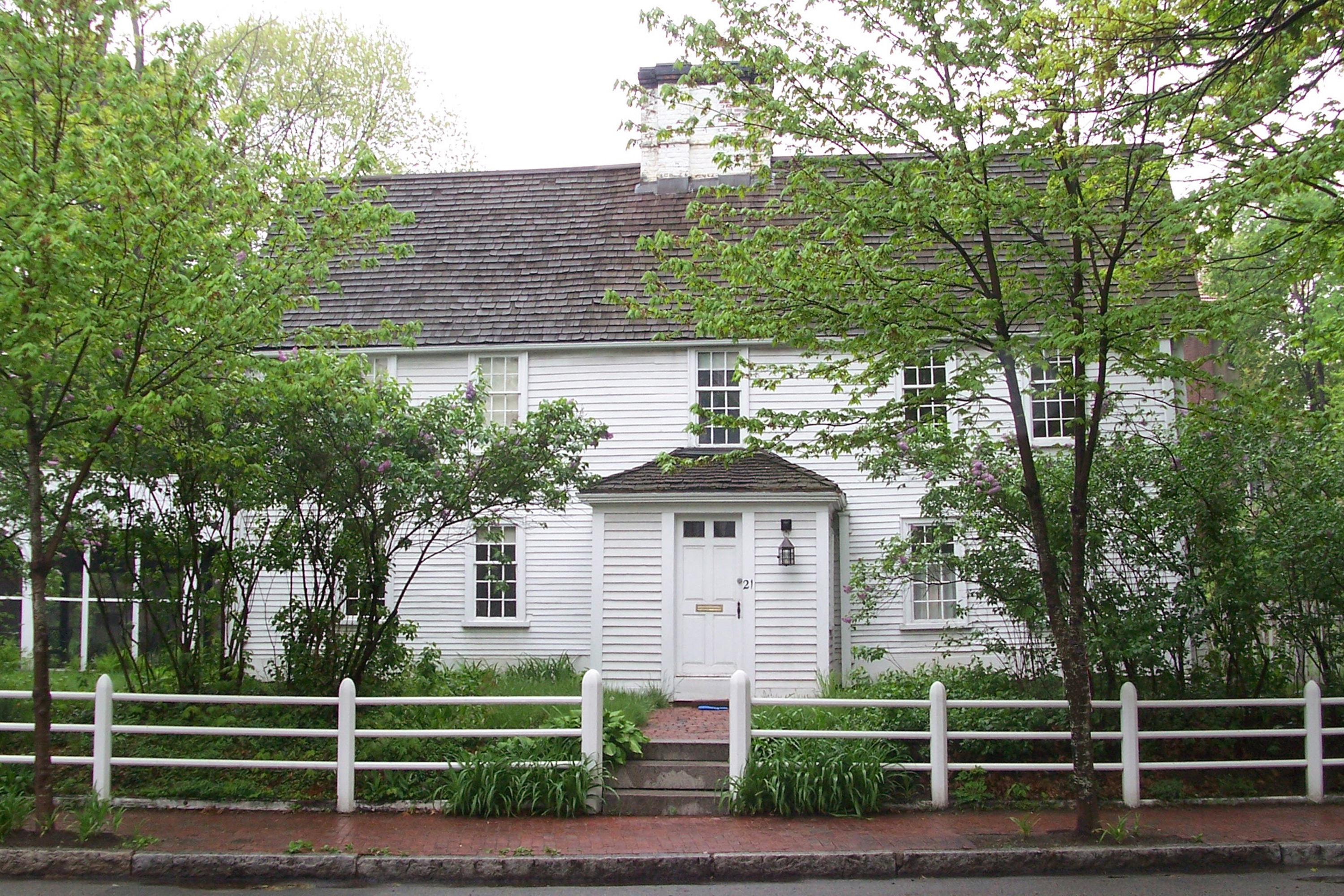Day after day in the fall of 2009, I visited the Boston Public Library, cranking through rolls of microfilm, looking for the architects who would be featured in my next book. My plan was to identify the architect-leaders in Boston’s Arts and Crafts movement, which coalesced at the end of the 19th century. Much to my surprise, one of the architects who emerged was a woman—Lois Lilley Howe. Who was she? And why didn’t I know about her? I recently pulled an old AIA Guide to Boston from my bookshelf and saw that Howe wasn’t referenced in it. I checked Built in Boston, City and Suburb by Douglass Shand-Tucci. He mentioned Howe but didn’t discuss her work. Why wasn’t she worthy of more than a few passing words?
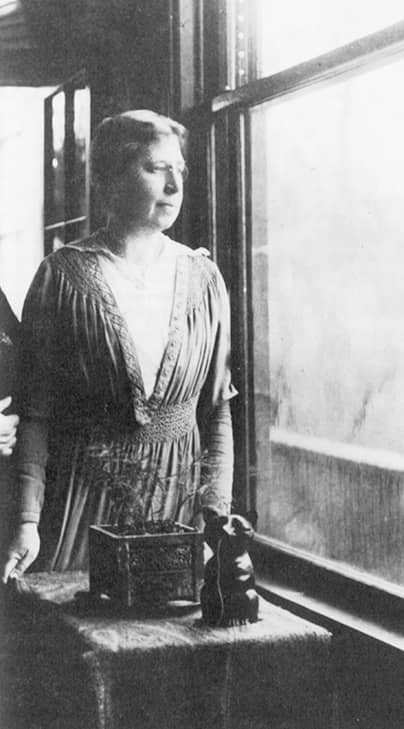
Courtesy of MIT Museum
What I had been examining at the library were the records—reports, meeting minutes, and correspondence—of the Society of Arts and Crafts, established in Boston in 1897. Through my teaching and writing about Boston architecture, I was well acquainted with several of the organization’s prominent figures, including Herbert Langford Warren, founder of the architecture program at Harvard; Ralph Adams Cram, designer of Gothic Revival churches and prolific author; and Charles D. Maginnis, expert on churches and campus buildings commissioned by Catholic clients. Howe served alongside these men on the Society’s governing council and committees.
I learned that she was a native of Cambridge who studied at the Massachusetts Institute of Technology and opened a practice in Boston, eventually taking on two female architects as business partners. In 2014, my book Arts & Crafts Architecture: History and Heritage in New England was published, and Howe was among the architects I highlighted.
One reason we’re now curious about Howe is that she ranks among the country’s first formally educated and active female architects. Yet from the 19th century through the first three quarters of the 20th century, historians focused on heroic figures and buildings, meaning male architects and their work. Women in the field typically were hired for small-scale residential and institutional projects—buildings that didn’t find their way into the most widely read books. In the late 1970s, when I took my first course on the history of American architecture, I read Vincent Scully’s American Architecture and Urbanism. Two female architects made brief appearances: Marion Mahony was named but not discussed, and Denise Scott Brown was credited in a caption along with Robert Venturi and John Rauch. Since then, women have taken the lead in writing about female architects. In 1990, Doris Cole and Karen Cord Taylor published a book about Howe and her partners, and in 2008, Sarah Allaback included Howe in The First American Women Architects. Thus Howe, once lost, was found.
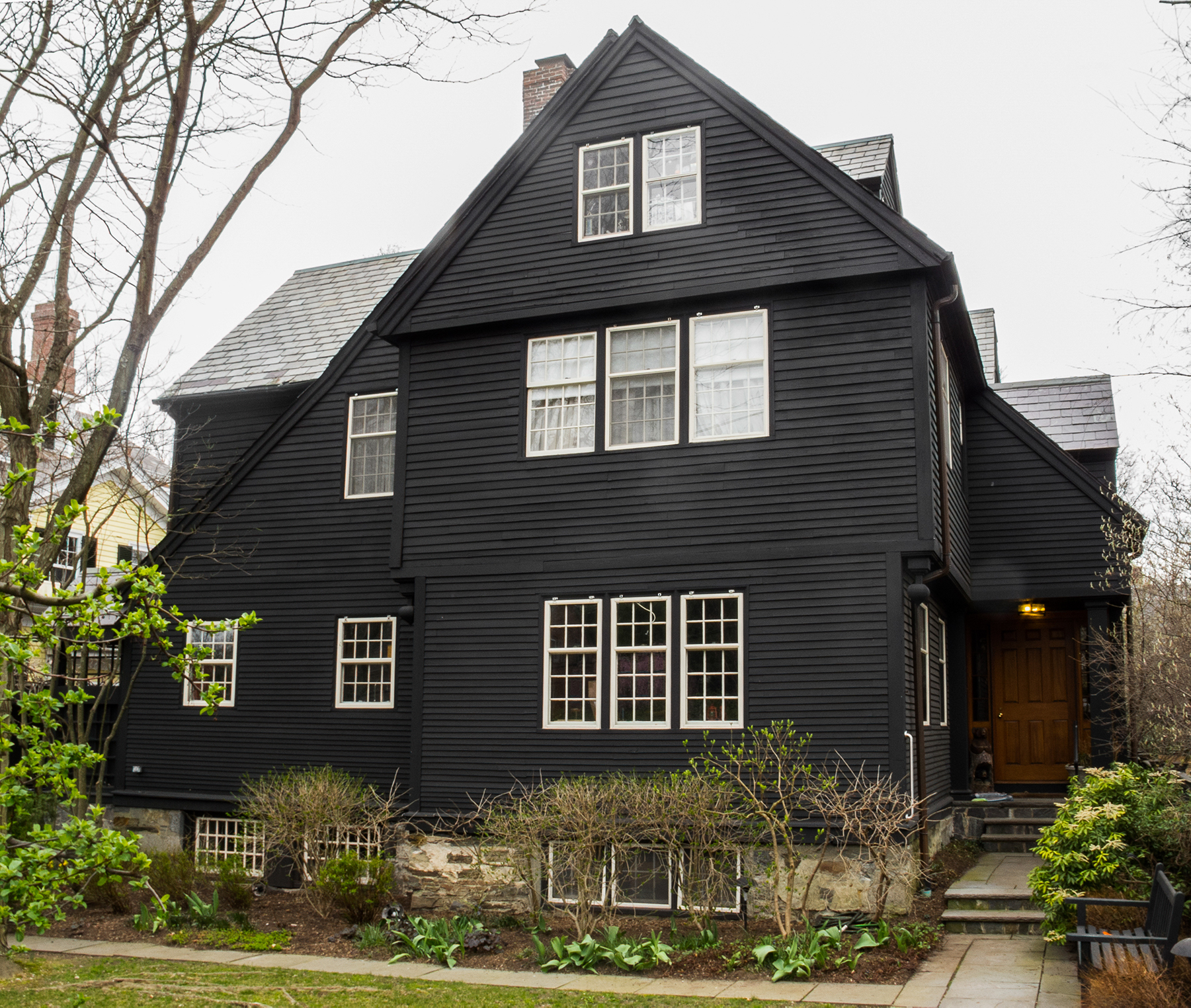
Photo by David Feigenbaum
Howe’s leadership in New England’s Arts and Crafts movement also makes her noteworthy; yet the literature on the Arts and Crafts movement in American architecture has given scant attention to Boston’s contribution, something I addressed in a monograph on Langford Warren published in 2003. As for why our region’s role was overlooked, my theory is that the neglect was due to a bias on the part of 20th-century historians with a Modernist bent. They gravitated to Frank Lloyd Wright’s early buildings and to simple Craftsman bungalows. For historians writing about the rise of Modernism, placing Boston’s Arts and Crafts architecture in the narrative was problematic and perhaps distasteful. Boston architects promoted revival styles—in particular the Gothic and Colonial revivals—embellished by their craftsmen colleagues.
In fact, architects leading the Boston Society were well versed in Arts and Crafts theories emerging in England. They were in close contact with their English counterparts and aligned with their design ideals. The English architects admired the social order, buildings, and craftsmanship of the Middle Ages. Responding to John Ruskin and William Morris, English architects and craftsmen formed the Arts and Crafts Exhibition Society and sponsored their first show in 1888. Nine years later, Boston architects and craftsmen organized their own Arts and Crafts exhibition while the Boston Architectural Club presented an accompanying show. In Boston, the Arts and Crafts movement and architecture were intermingled.
